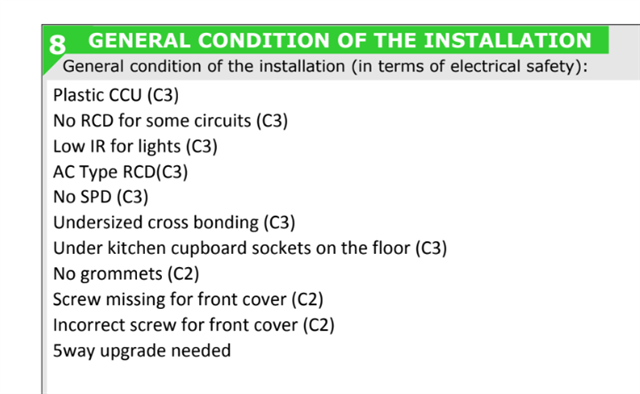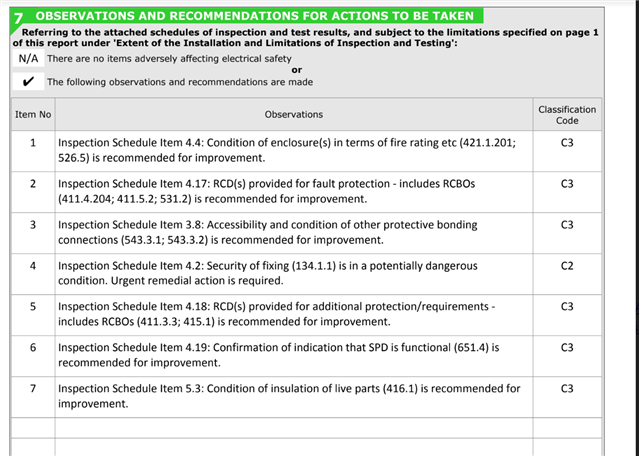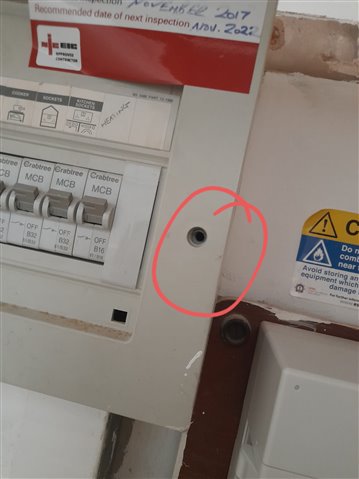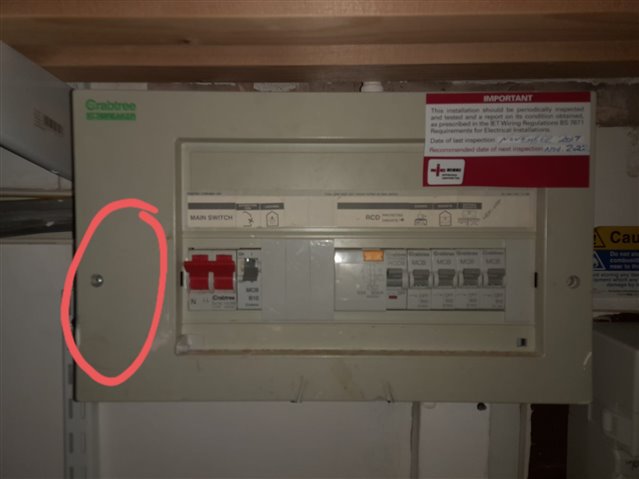Hi,
I have done an EICR recently. I got C2 for "4.2 security of fixing (134.1.1.)"
Which I felt is bit unfair. They are trying to charge me £750 + VAT to fix the issue (repace with new consumer unit).
I felt they are trying to put me in a panic mode and upsale to me.
Could I get a second opinion on if the item is code worthly?
The consumer unit is located in storage cupboard.
I would appreciate if you could provide an extract of the related section on the regulation, to provide justification.





